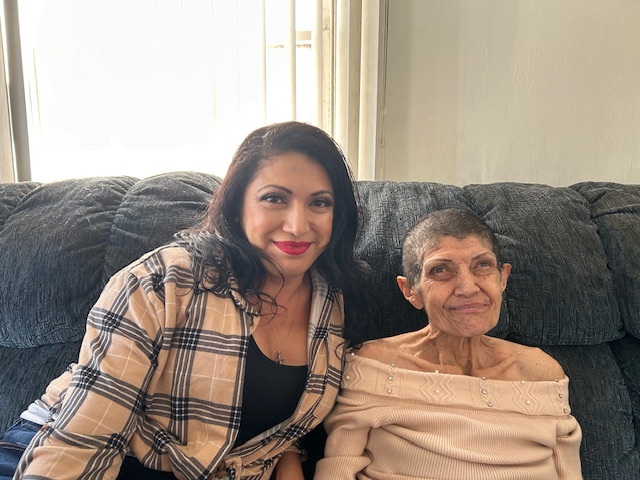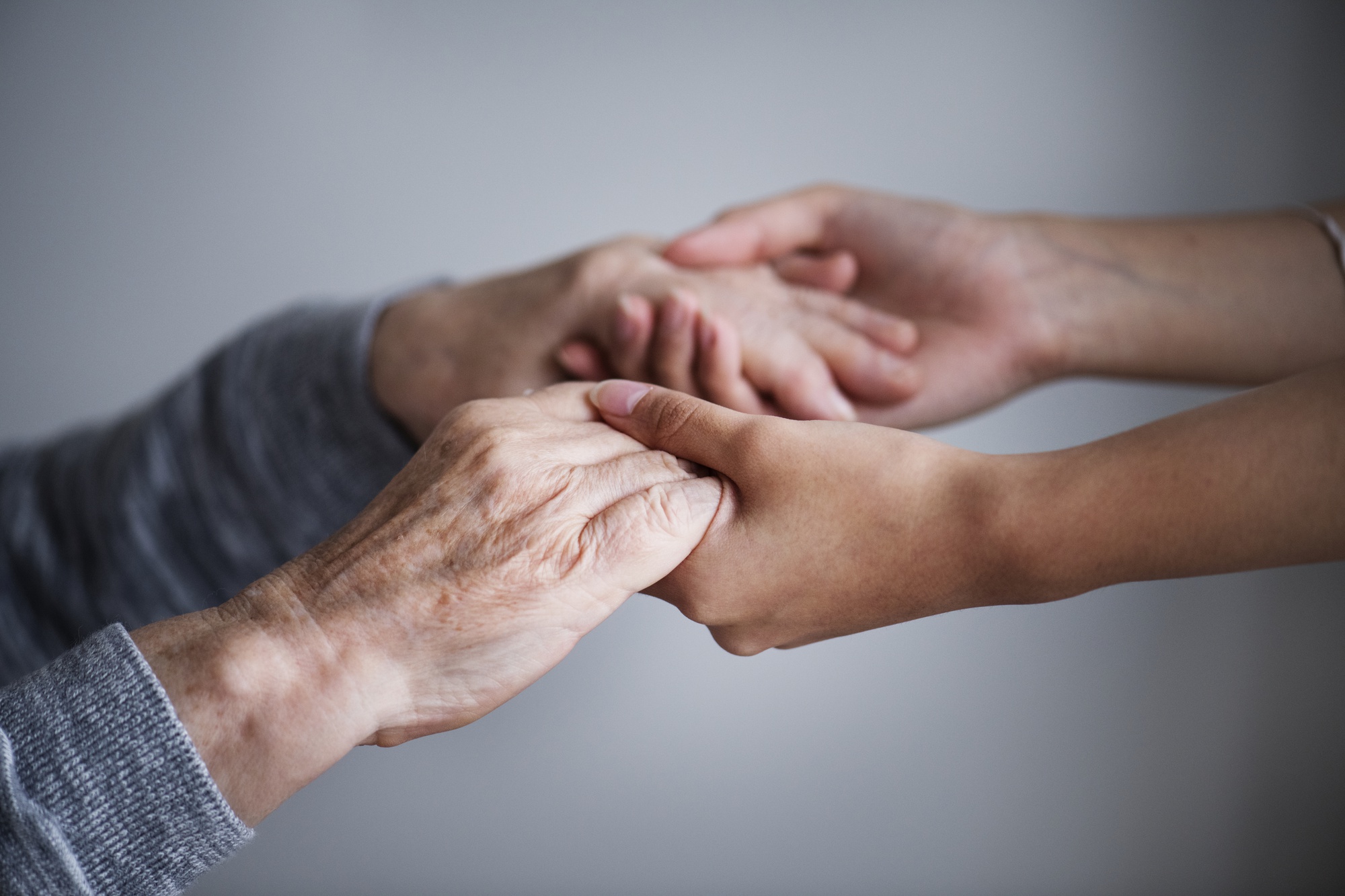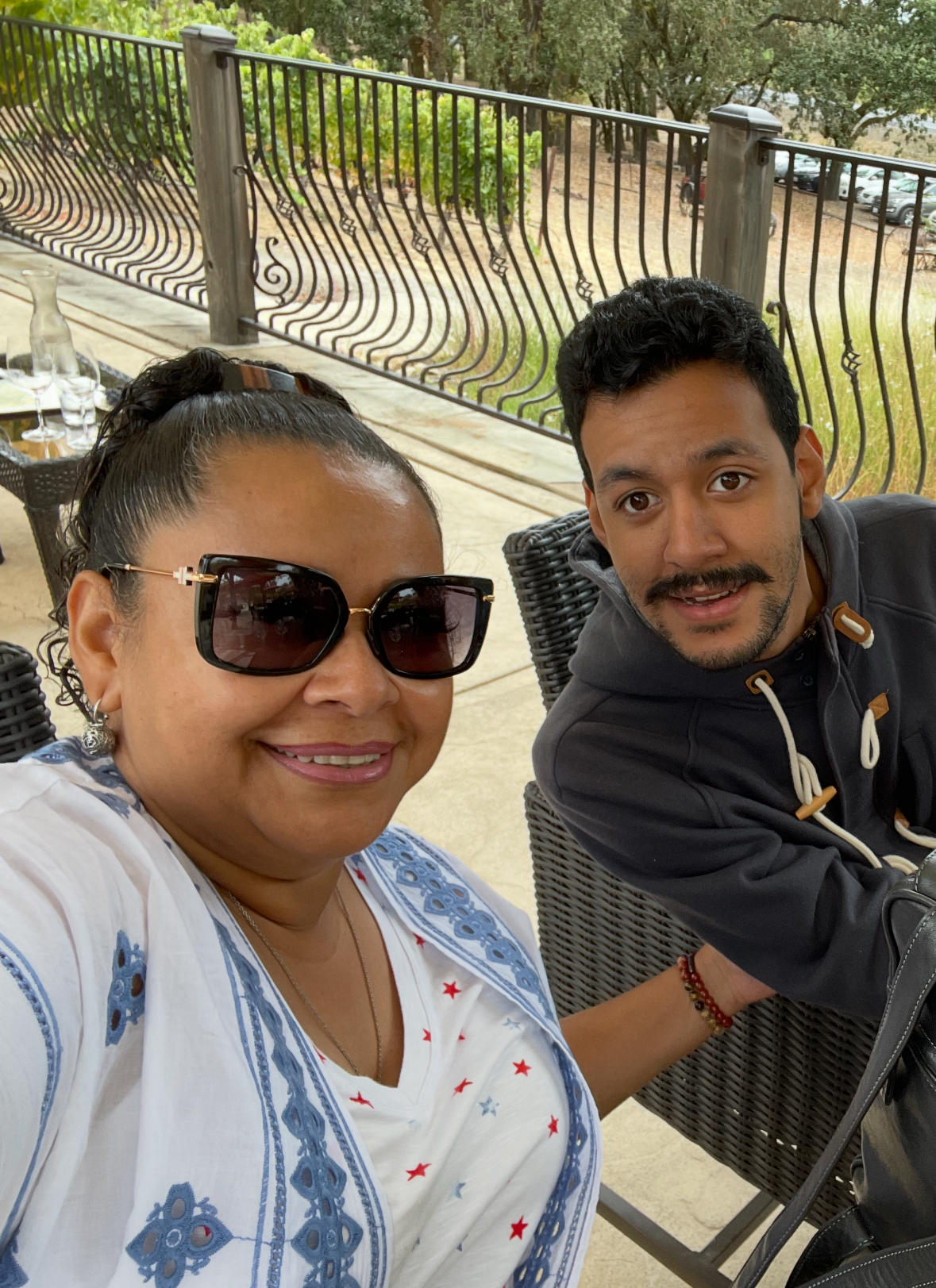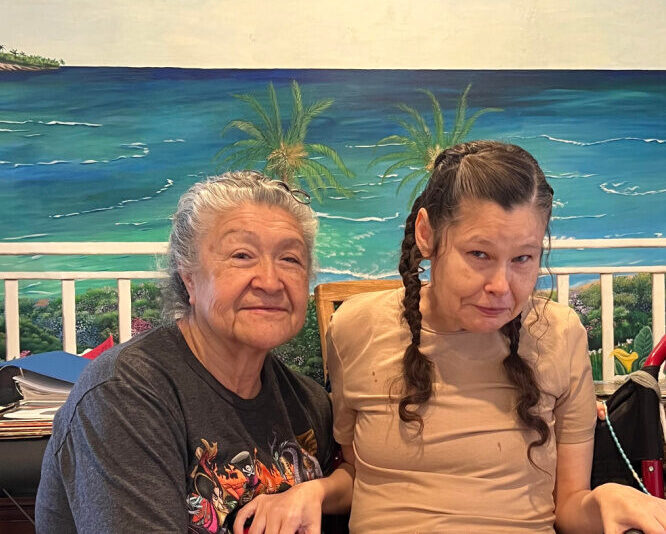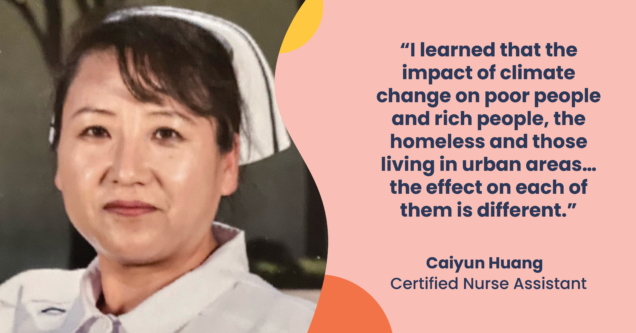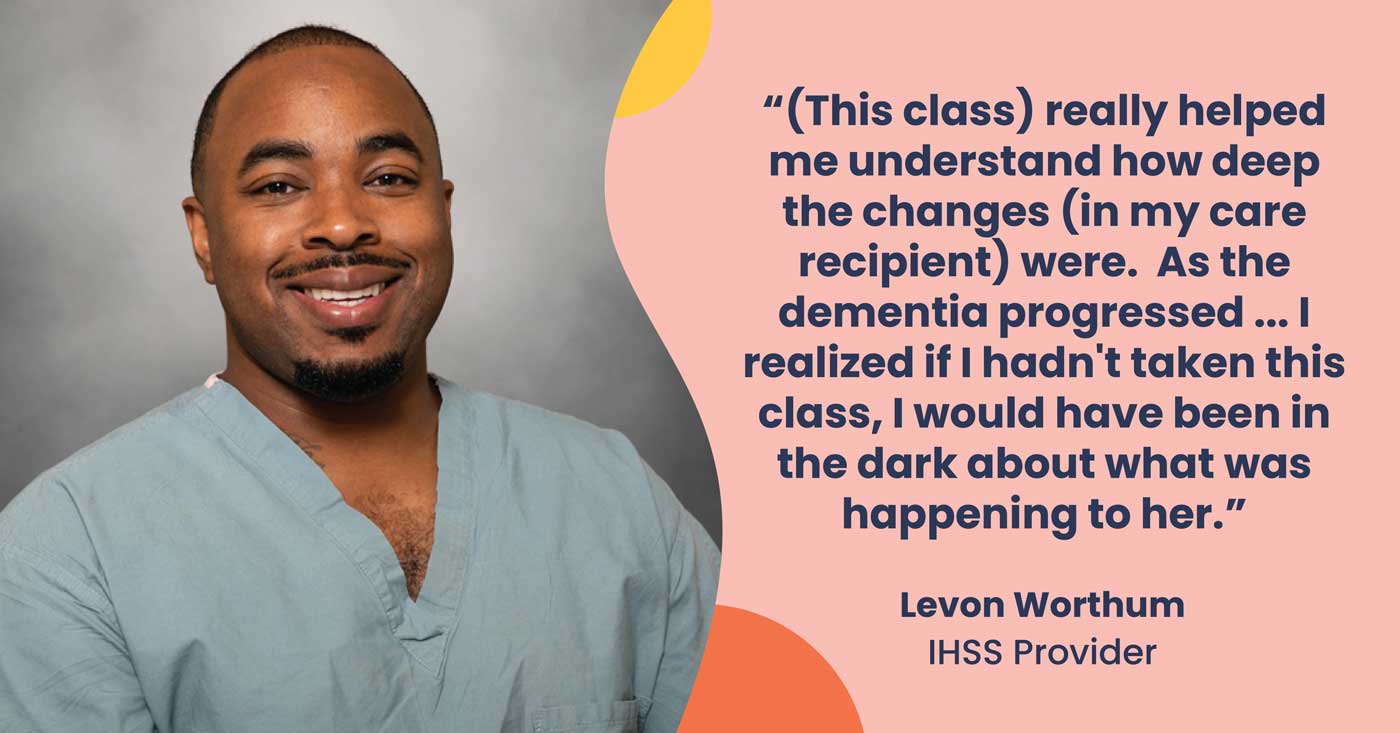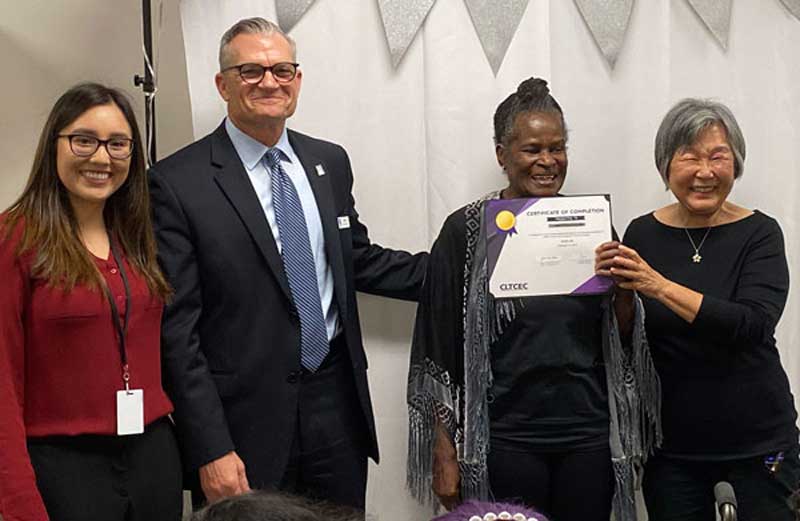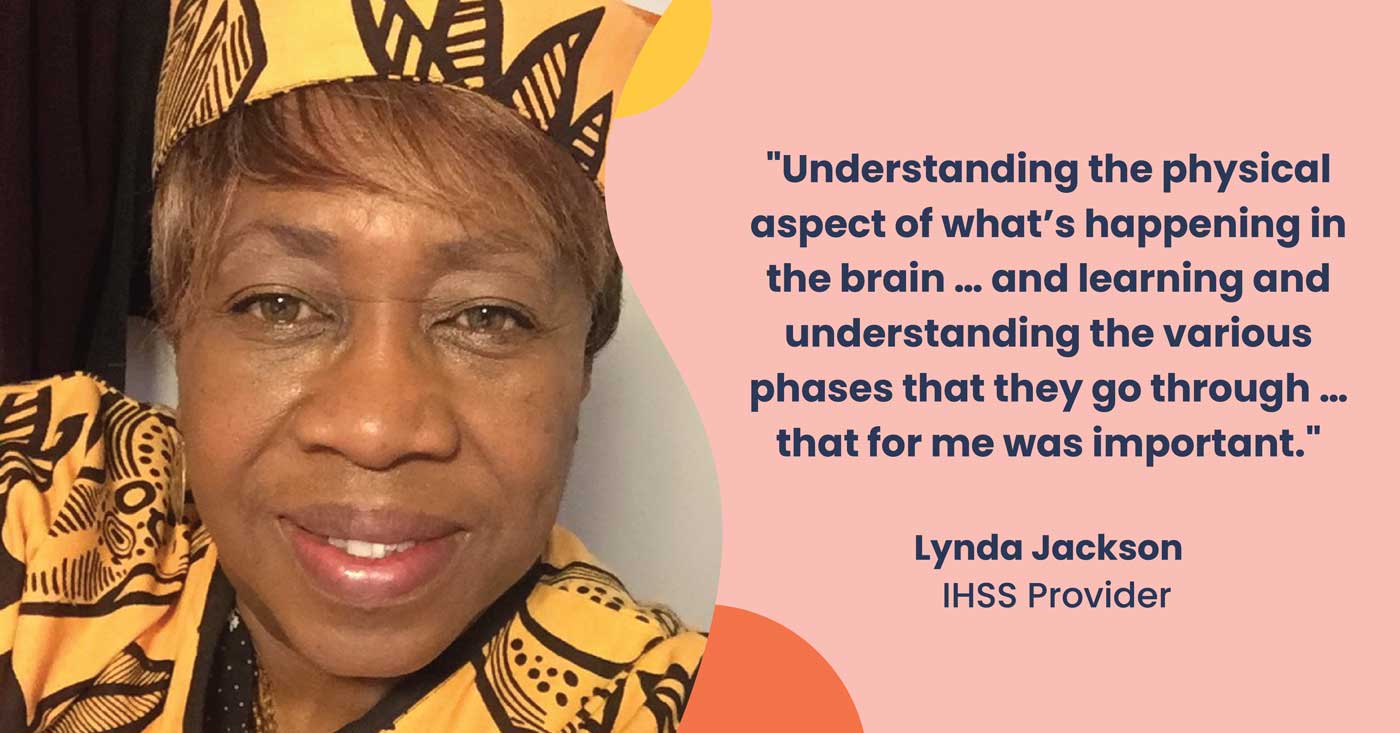Caregiver Ana Garsia is following in the footsteps of the pioneering women of California who changed the course of the homecare workforce when they fought for better pay, access to benefits, and opportunities for training. On the week of Nov. 15, Ana stood in front of the U.S. Capitol with hundreds of SEIU homecare workers and their recipients to convince Congress to pass President Biden’s Build Back Better plan, which invests heavily in the caregiver workforce.
“The most memorable part of the experience was when I got to march with other caregivers from different states, knowing that we were all there for the same reason: for a better future, for better salaries to be able to make a decent living and still be able to care for our loved ones,” says Ana.
Ana is one of the more than 200 In-Home Supportive Services (IHSS) providers graduating this week from CCA’s 10-week caregiver training program. She has been an IHSS provider since 2010, when she started caring for her brother when he was diagnosed with multiple sclerosis. She is an active member of SEIU Local 2015, where has served on the political and bargaining committees and will be part of the local’s Executive Board.
Her trip to Washington D.C. with fellow caregivers and SEIU members was a call for national recognition of the important work that caregivers do to keep America’s vulnerable populations, especially seniors and people with disabilities, living longer, happier, and healthier.
“We need more money invested in home care,” says Ana. “We often don’t get recognized for all the hard work caregivers do and we get left behind in the shadow. We deserve a livable salary.”
Ana also says any state and federal investment in the caregiving workforce needs to include training. “I wish I had taken CCA’s training before, especially when I was taking care of someone who had a stroke. I would have known how to properly take care of him, like how to lift him and help him move around,” she says.
CCA’s training focuses on person-centered care and the provider’s enhanced roles – to monitor, coach, communicate, navigate, and be a care aide. That framework has helped her personal and working relationship with her brother. “He feels more confident about me as his caregiver, and he is more open to telling me what he needs. Because of that, he feels more independent and in charge of his health.”
Learning new information and enhancing her skills has made her feel more respected, she says. And she knows that her CCA classmates feel the same way. Ana took the class in Spanish, which is one of the languages in which CCA delivers the training. Nearly 50% of the IHSS workers who have taken CCA’s caregiver training classes and a majority of nursing home workers in our Education Fund speak Spanish and many of them choose to attend classes in their native language.
“Being able to take a class in Spanish makes Spanish-speaking caregivers feel valued. They feel like they have accomplished something they have not done before,” she says.
Over half of home care workers in the nation have completed no formal education beyond high school, and nearly half live in low-income households. Nationally, their median hourly wage in $12.12, with IHSS providers in California making between $14 and $16 per hour.
Making life better for caregivers and the people who receive their care is one of Ana’s life missions. On Nov. 19, a day after Ana returned home from the rally in Washington, D.C., the House of Representatives narrowly passed the Build Back Better plan.
“I feel personally accomplished that I was part of the BBB movement. When I heard that it had passed, I was happy and excited,” she says. “While I was there, we heard a few members of Congress share stories on how they have caregivers for their loved ones, and that without the help of caregivers like us, they wouldn’t be able to go to work every day.”





